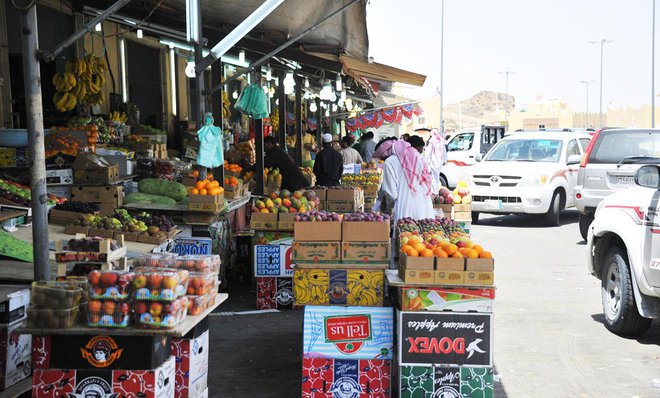
Saudi inflation slows in December
Saudi Arabia’s consumer inflation slowed in December 2016, losing speed for the first time at least since 2012, said a report issued by Al-Rajhi Capital.
Analysts said that inflation in December last grew by 1.7 percent year-on-year versus 2.3 percent year-on-year in November, mainly owing to the fall in food prices. On a month-on-month basis, prices continue to fall with the index dropping by 0.5 percent in December compared to November.
Economists at Al-Rajhi Capital said that the total value of point of sale (POS) transaction declined 5.9 percent year-on-year in December 2016 compared to 3 percent year-on-year in November 2016, while ATM cash withdrawals dropped by 4.5 percent year-on-year in December, higher than 2.2 percent year-on-year fall in November.
According to the data released by the Saudi Arabian Monetary Agency (SAMA), annual value of POS transactions fell by 4.7 percent in 2016, the first drop since the publication of the data in 1993. Similarly, aggregate annual ATM withdrawals fell by 3 percent in 2016, first time since 2013 indicating the ongoing weakness in consumer spending.
The report said that the non-oil private sector’s Purchasing Managers’ Index (PMI) expanded to 55.5 in December 2016, as against 55 in November, backed by a rise in output.
The report said that real estate prices in Saudi Arabia dropped 6.1 percent in 2016, versus a yearly fall of 2.6 percent in 2015, as per the new real estate price index published by GASTAT.
The loan-to-deposit ratio recorded its lowest mark in 11 months as Saudi banks’ claims on the private sector rose at a slower pace of 2.4 percent year-on-year in December while deposits grew marginally in December. On an annual basis, credit growth to private sector slowed down to 2.2 percent in 2016, compared to 9.8 percent in 2015 and last five years’ average growth rate of 12.3 percent.
Saudi Arabia’s foreign reserve assets dropped in December 2016, albeit at a slower pace on a monthly basis.
The Kingdom used around SR300 billion in 2016 (SR435 billion in 2015), mainly to plug fiscal deficit.
On the equity front, the Tadawul All Share Index (TASI) dropped 1.5 percent in January 2017, as compared to a rise of 3 percent month-on-month in December 2016.
The report quoted Saudi finance minister as saying the GDP growth is expected to be higher than 1 percent in 2017, as against 0.4 percent revised by the International Monetary Fund (IMF), largely due to the planned investments in renewable energy coupled with a stimulus package for the private sector.
In a note issued on Saturday, Moody’s Investor Service said that the liquidity pressures on Saudi banks are likely to moderate primarily as a result of subdued credit growth, which will, however, reduce banks’ profit.
Last week, the three-month Saudi Interbank Offered Rate (SAIBOR) fell below the central bank repo rate of 2 percent, its lowest levsel since April 2016. This is credit positive for Saudi banks’ funding costs and confirms that liquidity conditions in Saudi Arabia have eased since the third quarter of 2016 after significant tightening last year because of falling oil prices, the report said.
@arabnews

























